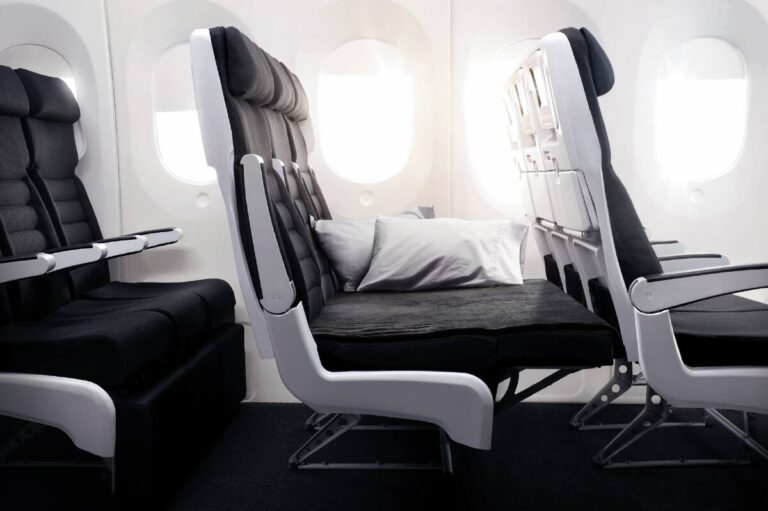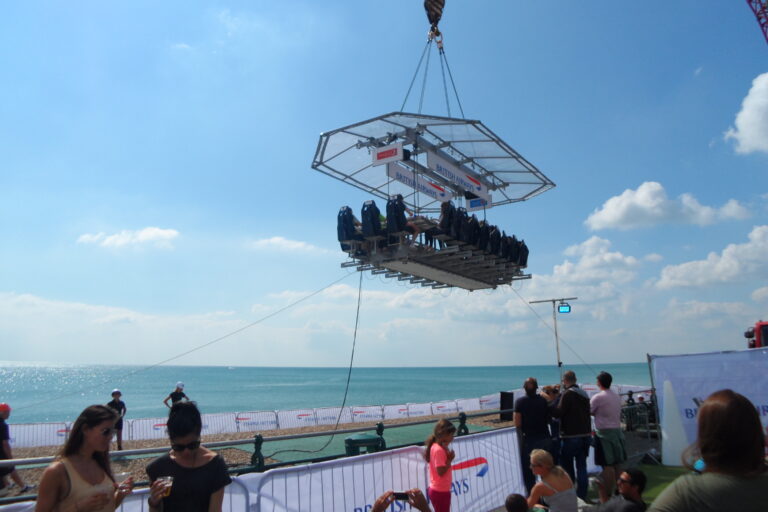A few facts from the 2017 Virgin Atlantic Sustainability Report
Virgin Atlantic recently released their 2018 Sustainability Report. Named “Change is in the Air”, the report details the airline (Virgin Atlantic) and sister tour operator (Virgin Holidays) performance and sustainability figures for the past year (2017). It is actually very interesting to read. You can view the full report here, or I’ve noted some highlights below.

Customers, CO2 and Punctuality
- Virgin Atlantic’s total aircraft CO2 emissions for 2017-18 was 3,938,874 tonnes; which is a 2.5% reduction between 2016 and 2017. It’s also the first time the total emissions has dipped below the 4 million mark since the “Change is in the Air” report launched in 2007, where the total aircraft emissions were 23.7% higher.
- CO2 emissions per passenger kilometre (PK) reduced by 0.9%.
- Virgin Atlantic fly more than 5.3 million customers a year to destinations around the world.
For me that is fantastic news and I hope that other airlines can also manage a reduction like this, something which can be very hard to achieve. Every single item on board can contribute to increased fuel burn. Hence why airlines are strict at enforcing extra fees if your luggage is heavy.
New Aircraft
- Virgin Atlantic are preparing for the delivery of the first of 12 Airbus A350-1000’s from 2019, and there are three Boeing 787-9 Dreamliner aircraft that are currently being manufactured.
- The twin-engine aircraft will replace Virgin Atlantic’s less fuel-efficient Boeing 747-400 which currently fly on the carrier’s leisure routes to the Caribbean and Orlando. I had the opportunity to tour an A350XWB a couple of years ago and I was very impressed. It doesn’t have the uniqueness of a 747, but is a solid option to carry Virgin Atlantic forward in the future.

What does the current Virgin Atlantic fleet look like?
VS’s fleet is made up of:
Boeing 787-9 Dreamliners (14 aircraft)
Airbus A330-3 (10)
Airbus A340-6 (7)
Boeing 747-4 (8)
By the end of 2021, Virgin Atlantic expect to operate a solely twin-engine fleet. I for one will be sad to see the retirement of their Boeing 747-400 aircraft; but these aircraft aren’t very fuel-efficient and as times move forward it is important for airlines to look to reduce their carbon footprint in any way possible. The airline did a great job with the refresh of their Boeing 747 aircraft so they could last a few more years. It’s expected that each A350 could provide 30% worth of savings per trip compared to the queen of the skies. That’s a hefty chunk!
NB: Due to the ongoing worldwide issues with the Rolls Royce Trent 1000 engines found on the 787-9 Dreamliners; Virgin Atlantic have leased three A330 aircraft from the now defunct Air Berlin in order to ensure they can cover their operation whilst maintenance and additional checks are carried out.
Food, Drink and Sustainability
- At least 57% of Virgin Atlantic’s worldwide flights were catered by suppliers whom achieved at least one star in Virgin Atlantic’s very own sustainability standards. VS’s standards are derived from the Sustainable Restaurant Association – which focuses on the sourcing, society and environmental performance of a catering establishment. Whether that is a restaurant or airline caterer.
As I mentioned earlier, these are just a few of the many statistics available within the Sustainability Report, but I find it to be very interesting and think that Virgin Atlantic are making all the right moves to help reduce their carbon footprint, protect our environment and look at more sustainable and cost-efficient ways across many aspects of their organisation.
What do you think about these results?



